Is becoming rich as a farmer your goal? In this blog post, discover the Best 8 Strategies for making money through commercial tree farming in Kenya.
Kenya has a national goal of planting 15 billion trees in the next decade. It is a golden opportunity for entrepreneurs like you to thrive. Apart from the economic benefits, you will also enjoy other environmental, and aesthetic benefits of tree cultivation. As a sustainable business idea, you can invest in a prosperous future for yourself and the generations to come
You can also explore additional avenues for profit in tree-related services like research and consulting.
- Best 5 Business Ideas in Trees Farming Kenya
- How to get rich growing trees in Kenya
- How to choose the best trees for your farm
Best 5 Business Ideas in Trees Farming Kenya
Are you searching for the best ways to make money in tree farming in Kenya? You can literally grow money on trees. Here are the 4 ways to make money in the forest sector in Kenya with minimal or no investment at all, as recommended by experts.
- Collect, package, and sell seeds to Kenya Forest Service (KFS), Kenya Forest Research Institute (KEFRI), and other private tree seedlings propagators.
- Raise and sell tree seedlings, You can establish a landscaping, fruits, or timber seedlings nursery.
- Become a trader for plant planting and growing materials such as growing bags, pruning scissors, etc.
- Set up a tree management service business that helps in tree selection, establishment, and management such as pruning
- Sustainable logging also known as sustainable forestry or sustainable timber harvesting, is an approach to harvesting timber and wood products in a manner that balances the ecological, social, and economic aspects of forest management.
How to get rich growing trees in Kenya
Given that people prefer more tangible benefits, we will focus on the long-term financial benefits you can reap for growing more over time.
Timber sales
Timber sales represent one of the primary revenue streams in tree farming in Kenya.
It involves the harvest and sale of mature trees for their wood. Timber has a huge demand in various industries, including construction, furniture manufacturing, and woodworking. To be successful in growing timber farming, you need to;
- Demand; Grow expensive hardwoods like oak and maple that are prized for furniture and flooring. softwoods like pine and fir are common in construction materials.
- Value Addition; Beyond selling raw timber, you can add value by processing the wood into finished products. Value-added products often command higher prices and can be a lucrative aspect of timber sales.
- Legal & Environmental Considerations; Compliance with forestry regulations and environmental conservation practices is vital.
- Long-Term Planning: Tree farming isn’t just about immediate profit; it’s an investment in the future.
Carbon Credits
As a forest owner, you can be paid carbon credits for its ecological value in combating climate change. A carbon credit is defined as a tradeable asset that represents a reduction or removal of one metric ton of carbon dioxide or an equivalent of another greenhouse gas from the atmosphere.
Forests prevent carbon emissions by storing it in their biomass, wood, and vegetation, and trapping It in soil. On the other hand, forest land improves air, water, and soil environment whose benefits promote rainfall and reduce global warming.
There are two types of forest carbon sequestration markets or plans for you;
- Voluntary emissions reduction (VER): A carbon offset that is exchanged in the over-the-counter or voluntary market for credits.
- Certified emissions reduction (CER): Emission units (or credits) created through a regulatory framework with the purpose of offsetting a project’s emissions.
Learn more Wondering if you are eligible for carbon credits? Learn more about what they are and how they work
Grow Biofuel Trees
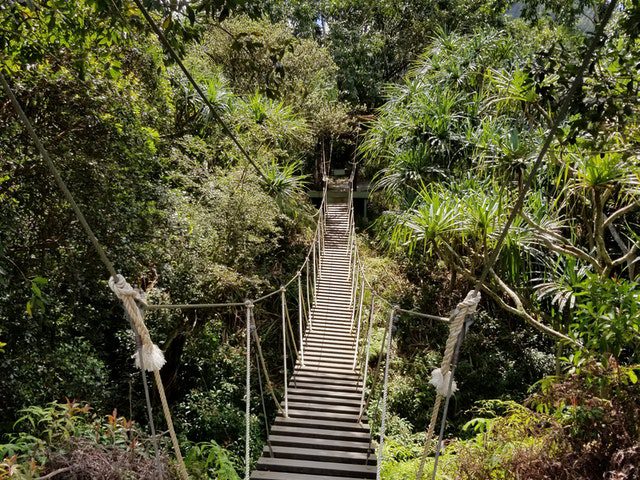
As the global crisis for using fossil fuels unfolds, the demand for biofuels is expected to grow exponentially. A Biofuel is a liquid or gaseous renewable fuel produced from biomass. It has two major categories: bio alcohol, and biodiesel. Unlike petroleum products and coal, these burn cleaner, and release fewer environmental pollutants and greenhouse gases.
Some of the most common energy crop sources include food crops like wheat, corn, soybean, and sugarcane. Since they are core food supplies, you grow biofuel crops to tap into this highly potential market. The following is a list of the best biofuel trees in Kenya you can grow.
- Palm: they are a source of palm oil that can run diesel engines without any conversion. Palm oil production led to economic growth in Indonesia and Malaysia.
- Jatropha plants: These plants thrive in lands devastated by droughts and pests. They can last for 50 years, and their bushes require little amount of water and care. India is the largest producer of the Jatropha biodiesel. Jatropha seeds have 40% oil content.
- Emerging biofuels and other alternatives that do not rely on farming land and can be established in dry areas with poor soils are;
- Croton
- Switchgrass
- Castor
- Poplar
- sorghum
- Shea
Grow Organic fertilizers
Global food security is vulnerable to soil erosion and biodiversity loss. Biofertilizers or green manure present a solution to these challenges. Biofertilizers are living microbes that enhance plant nutrition by mobilizing and/ or increasing nutrient availability in soils.
You can plant green manure plants like sesbania and legumes to fix atmospheric nitrogen in the symbiotic association with Rhizobium
The other option is to compose plant wastes to make natural or organic fertilizers. On a large scale, these can be utilized as a sustainable business.
Fruits, Food & Beverage Farming
Trees supply endless options for human feed for survival and enjoyment. They include fruits, vegetables, oils, flavoring extracts, etc. Millions of farmers around the world grow various trees to produce their own food and market the excess. The options you can grow are endless. To mention a few, consider the following,
| Product | Examples |
| Fruits | Mango Avocado, Macadamia, Citrus etc. |
| Beverages | Coffee, Tea, Green coconut Moringa |
| Syrups | Sugar maple tree Birch, cactus |
| Alcohol | Date Palm |
| Oils | Palm Castor |
| Spices | Bay Rum Bay Leaves Capers Cloves Cinnamon Camphor Witch Hazel Nutmeg. |
| Nuts | Almonds Cashews Hazel Macadamia, Pecans, Pistachios, Walnuts |
Sell Animal Fodder
Besides human food, trees can provide animal fodder and raw materials for animal feed. You will prune them to feed your poultry, goats, pigs, and cows. Besides you can harvest tree products like fruits and bark, store them, and feed your animal during low vegetation periods. Examples of fodder crops you can grow include.
- Fruit & Nut e.g. apples, pears, walnuts, hazelnuts, chestnuts etc.
- Mulberry
- Oak
- Willow
- Poplar
- Tagasaste/Tree Lucerne
- Locust species ( Caron locust, Honey Locusts)
Produce Industrial Raw materials
You use products and byproducts made from trees each day. They range from houses, furniture, toothpicks, paper, dyes, textiles etc. You can grow and expect to sell them to factories and industries as raw materials. The factories you can target include
- Medicinal plants; Health care and medicine
- Biofuels (wood, charcoals, ethanol)
- Building, construction, and furniture (timber, poles)
- Beauty and personal care (shampoo, henna, dyes, cosmetics, perfumes, soaps etc)
- Clothing and textiles
- Transport (Wood for making boats and docks or bamboo bicycles)
- Leisure (Sports equipment and musical instruments such as violins)
- Food & Beverages (wine corks & barrels, alcohol)
- Wood pulp & paper
Create Jobs
The forest sector employs many people directly and indirectly. Philanthropists, governments, and development partners can consider growing trees for job creation goals for thousands of people in your community. Forests can absorb people for activities in
- Tree husbandry (pruning, tree nurseries, harvesting, thinning, etc) researchers etc.
- Research & Development (researchers exploring better technologies for forest management and utilization
- Related industries (see 6 above)
Eco-tourism
Expand your income generation from your forest by venturing into agritourism. You will offer educational and fun experiences for learners and visitors coming into your forests. Areas of domestic tourism you can consider are;
- Teaching them about various tree species in your plantation and various insects, birds, and wildlife animals making your forest their home
- Nature trails for biking & hiking
- Host events like music concerts, weddings, etc.
- Ziplining
Agroforestry
How can tree planting benefit small-scale farmers? Through agroforestry.
Agroforestry is a sustainable land-use practice that combines growing trees, crops, and animals in a holistic farming approach. It offers ecological, economic, and social advantages, making it a valuable strategy for farmers seeking sustainable and resilient agricultural systems.
Agroforestry systems contribute to soil health by improving nutrient cycling, reducing soil erosion, and enhancing organic matter content. They can fix nitrogen, which benefits nearby crops, and their deep roots help prevent soil compaction.
Bio Mass Energy
Grow crops for biomass energy because it’s a sustainable way to create heat, power, and biofuels from plants and other plant materials.
It reduces your dependence on finite fossil fuels, helps the environment by absorbing carbon dioxide, and can provide an additional income source for farmers. It’s a practical and eco-friendly choice that benefits both your farm and the planet.
It’s important to choose species that are fast-growing, have high energy content, and are suitable for your specific region. Here are the types of trees you can grow for biomass energy in Kenya.
- Eucalyptus (Eucalyptus spp.): Eucalyptus are known for their high energy content and adaptability to various climates. They are a popular choice for biomass energy in certain regions.
- Bamboo (various species): Bamboo is a fast-growing plant that can be used for both heat and electricity generation.
- Acacia Species (Acacia spp.): Many acacia species are native to Africa and are known for their adaptability and rapid growth. They can be a valuable source of biomass.
- Moringa (Moringa oleifera): Moringa species are not only a source of nutritious leaves but also provide woody biomass suitable for bioenergy.
- Neem (Azadirachta indica): Neem is well-known for its multiple uses, and its fast-growing nature makes it a good choice for biomass energy.
How to choose the best trees for your farm
Though commercial tree farming can make you a lot of money, it can be very frustrating. It occurs if you plant the “wrong” species for your farm or areas. The following are 4 factors to consider while you are choosing the best ones to grow on your farm.
- Agroecological zone: Plant trees that are suitable for your farm’s climatic and soil characteristics. To understand your area’s zoning, consult with your local agricultural officers.
- Maturity: Fast-growing exotic ones will return your investment in a shorter time than the indigenous types. You can then harvest and sell timber, wood, or poles.
- Value: Some trees are multipurpose, profitable, or high-value. You can make more money from planting the ones that you can sell its products and byproducts throughout their growing season. An example is the eucalyptus or blue gum that you can sell fencing posts after thinning, firewood from pruning, and later sell mature trunks
- Market: consider the existing market for the tree and its products in the area you want to invest in commercial tree growing.
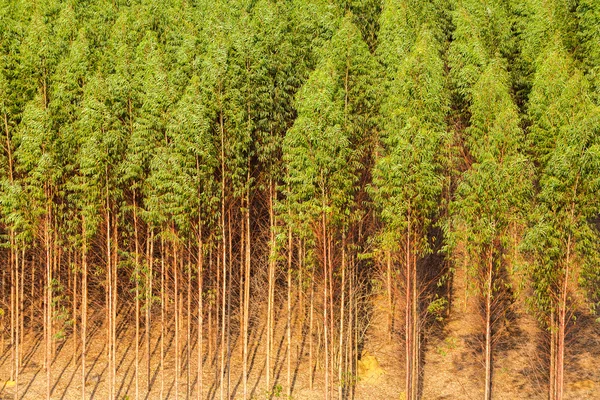
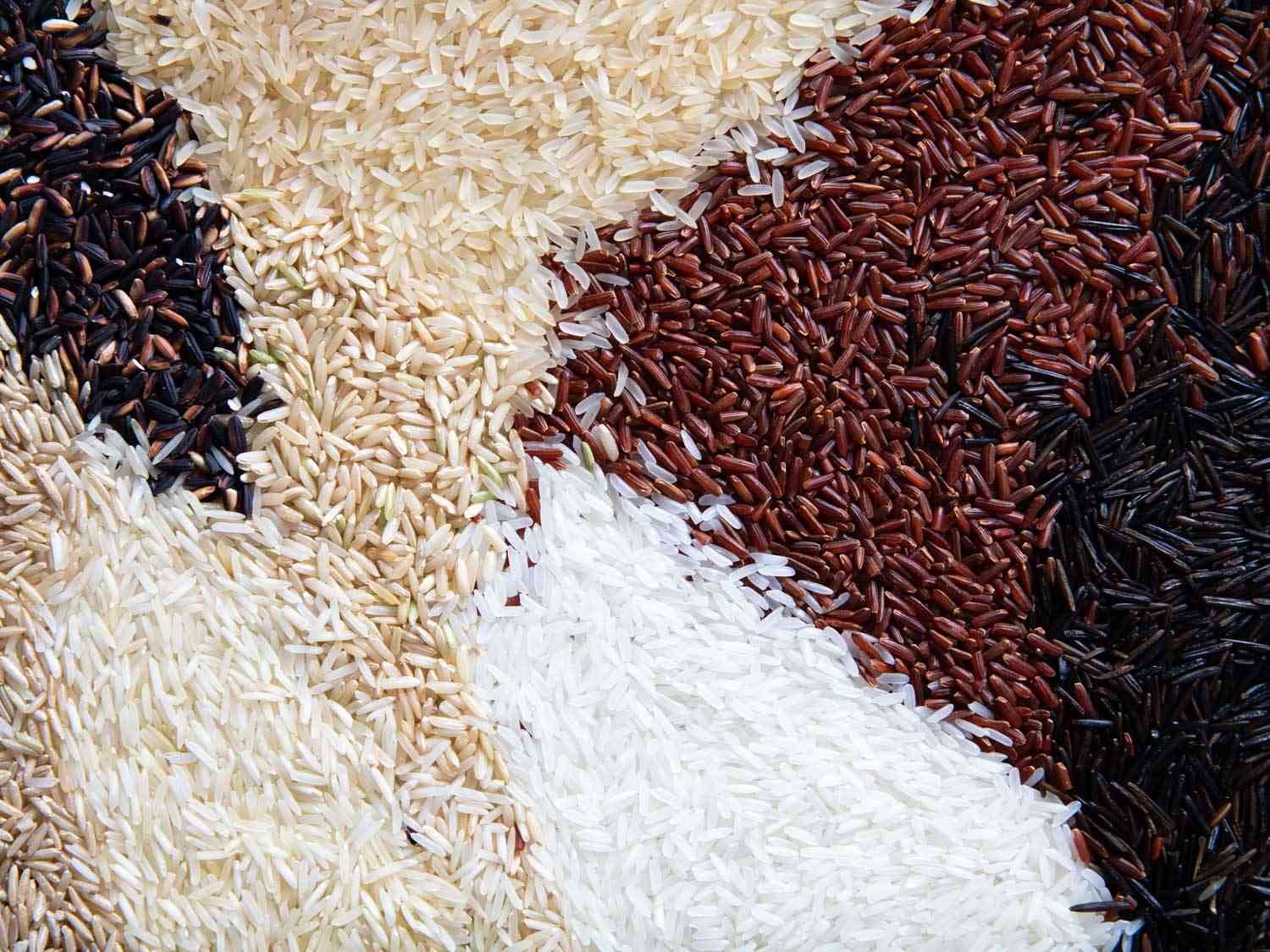
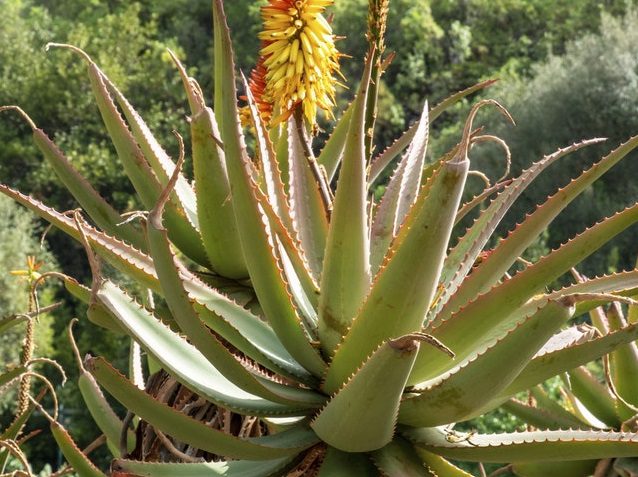
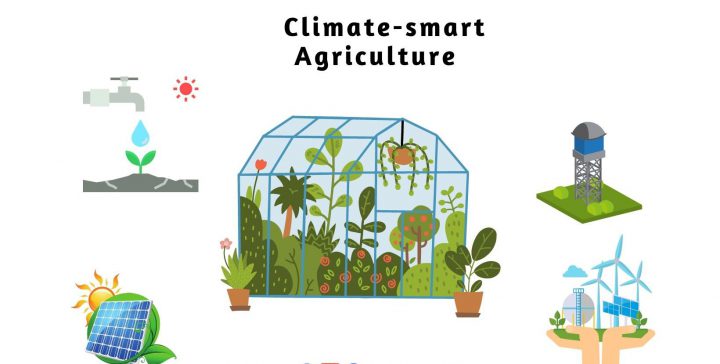
Need to agribusiness in both trees and other crops here in Taita hills.